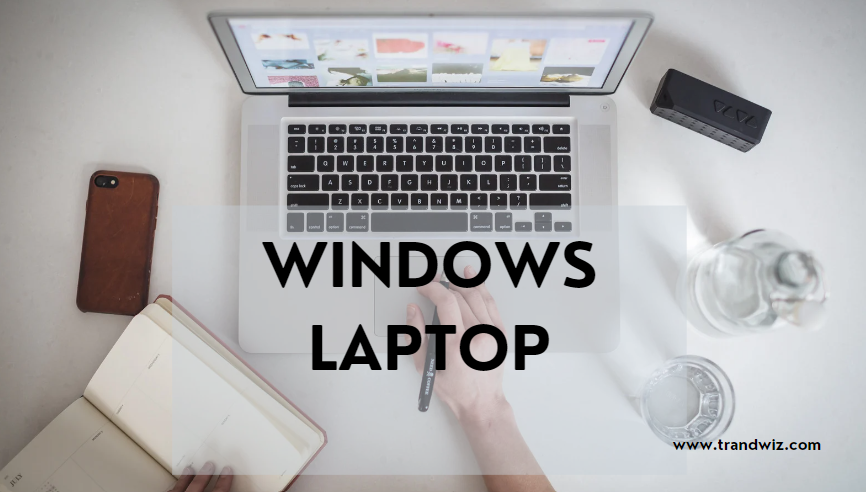The Evolution of Windows Laptop: From Clunky to Sleek Machines
Windows laptop a long way since their inception in the early 1990s. In the past, they were clunky, heavy, and expensive machines that were only accessible to the elite. However, with the advancement in technology, they have become sleek, lightweight, and affordable devices that are available to everyone.
The first windows laptop
The first windows laptop was introduced by Toshiba in 1985, which was known as the T1100. It was a bulky machine that weighed around 4 kilograms and had a 10.5-inch screen. The laptop had a battery life of only a few hours and was only capable of running a few basic applications.
In the early 1990s, Compaq launched the first color laptop, the LTE Lite 4/25. It was a significant improvement from the earlier laptops and was the first laptop that could connect to the internet. However, it was still a bulky machine that weighed around 5 kilograms and was expensive, costing over $5,000.
Also Read : Ultimate Guide to Gaming Laptop
Over the years Windows Laptop
The technology used in laptops improved, and they became more affordable and accessible to the masses. The introduction of the Intel Pentium processor in 1993 was a game-changer as it allowed laptops to perform more complex tasks. With the advent of the internet, laptops became a necessity for people who needed to work on the go and stay connected with their colleagues and clients.
One of the significant milestones in the evolution of windows laptops was the launch of the Dell Inspiron 3500 in 1996. It was one of the first laptops that were designed for the mass market and was affordable. It had a 12.1-inch screen and weighed around 2.5 kilograms, making it much lighter than the earlier laptops. Also one of the first laptops that had a CD-ROM drive, which was a significant improvement from the earlier laptops that used floppy disks.
In the late 1990s and early 2000s
Laptops became more affordable, and their designs improved. Companies started focusing on making Windows laptop that were sleek, lightweight, and powerful. The introduction of Wi-Fi in 1999 was a significant milestone as it allowed laptops to connect to the internet without the need for wires. The launch of the IBM ThinkPad in 2000 was another significant milestone in the evolution of windows laptops. It was a sleek and lightweight machine that was popular among business professionals.
The early 2000s saw the introduction of more powerful processors, such as the Intel Core Duo and the Intel Core 2 Duo. These processors allowed laptops to handle more complex tasks, such as video editing and gaming. With the introduction of better graphics cards, laptops became more powerful and could handle more demanding applications.
Recent years
In recent years, laptops have become even more advanced. The launch of the Microsoft Surface in 2012 was a game-changer as it introduced a new form factor for laptops. The Microsoft Surface was a tablet with a detachable keyboard that could be used as a laptop. This form factor was popular among professionals who needed a device that was versatile and could be used as a tablet and a laptop.
Introduction of Windows 10
The introduction of Windows 10 in 2015 brought many new features to laptops. One of the significant features was Cortana, a virtual assistant that could help users with their daily tasks. Windows 10 also introduced a new browser, Microsoft Edge, which was faster and more secure than its predecessor, Internet Explorer.
Launch of the Microsoft Surface Laptop
The launch of the Microsoft Surface windows Laptop in 2017 was another significant milestone in the evolution of windows laptops. The Surface Laptop was a sleek and powerful machine that was designed to compete with the MacBook Pro. It had a 13.5-inch touchscreen display and was available in four colors. The Surface Laptop was praised

